Here is my summary of learning for my class Introduction to Educational Technology and Media.
Author: Amber Doucette (Page 1 of 3)
I can’t believe I am on week seven of my learning project, the final week!
While working on my learning project I was able to explore different types of medias, things like the Simply Piano app, Instagram, Canva, podcasts, YouTube, and simply searching for information using google. It was interesting getting to learn through the use of technology. I believe this project has helped me a lot not only as a learning but also as an educator. I now feel a lot more confident in exploring different technologies and medias that would enhance the classroom learning experience for students. Testing out new ways of doing things is no longer a daunting task, it’s more of an adventure. An adventure that I will take alongside the many students I will be lucky enough to teach in my career.
Here is a quick recap of my journey through learning piano:
Week One: Learning Piano
- My starting point and my plan
- Getting organized
- Using the app Simply Piano
- Labeling my keyboard
Week Two: Ode to Joy
- Exploring my app
- Learning the first keys
- Playing by ear
- Playing “Ode to Joy”
Week Three: Reading Music
- Learning mnemonics
- Reading sheet music
- Exploring YouTube
- Playing “Beauty and the Beast”
Week Four: Exploring Canva
- Exploring canva.com
- Documenting my learning
- Starting “I See Fire” by Ed Sheeran
Week Five: Podcasts
- Listening to Podcasts
- Learning practice tips
- Learning scales
- Playing “I See Fire” by Ed Sheeran
Week Six: Instagram
- Exploring Instagram
- Finger control and strengthening exercises
- Staying out of rabbit holes
Reflection of the Learning Process
Overall the learning process was something I found quite enjoyable. Not only did a learn a bit about how to play the piano, I also learned more about myself as a learner, about different learning and teaching strategies, and how peer support can make such a big difference in the experience. It’s hard to teach yourself something and to learn on your own, but through my blog posts and the comments I was receiving I felt like I had this whole group of people cheering me on. As a teacher we need to remember this and cheer on students with their learning, and help them to support their peers as well.
Looking back at the learning tools I had found, some I really liked, while others not so much. Podcasts are still not my favourite, and though I did enjoy using Instagram it was also very distracting and easy to get off track. The app worked really well, but at times was way to structured and became really repetitive and almost boring making it hard to focus. I think one of the more helpful tools I used was when I used Canva to document my learning. It was great keeping track of what I was doing, and I was also able to go back and review things as well. I ended up using both the power point and in the end, I even tried out the video editor. Both tools were very helpful for my learning.
I am very excited to use these tools in my future classrooms to help my teaching strategies, and to help students to explore and learn.
To finish things off here is my most recent Version of “I See Fire”
As you can here I haven’t made it past the first page in the song though my technique and sound have started to improve. My goal is to continue practicing and learn the entire song, along with learning other songs.
Thank-you for following my progress of my learning project I hope you have gained some valuable information about online learning tools, and maybe you were even inspired to start a project of your own!
Human connection is such an important part of life and of one’s learning. With the internet and social media as a tool, it makes sharing information and connecting with others, easy and instant. One of the ways I now network my learning is through the social media platform, Twitter. I must admit, I was skeptical at first, but found it to be a really helpful tool. I was able to connect with many educators who shared the same beliefs in education as I did. I love how interactive it is, and how easy it is to share resources through tweets. I also found that I did not need to spend a large amount of time on the platform in order to get something out of it, which was helpful as I find being on social media for long periods of time to be draining to my mental health.

Through sharing tweets, retweets, articles, websites, and more on Twitter, I was able to help others learn from my findings.




By reading and viewing others posts on Twitter I was able to grow my knowledge, as well as through asking thought provoking questions I was able to add my ideas to others knowledge and engage in critical thinking.


While on Twitter I was able to participate in #SaskEdChat. The topic was inclusion, which is something I am very passionate about. It was highly enjoyable sharing my thoughts and knowledge on the topic. Seeing others responses to the questions was a great way to further my learning, just as my responses contributed to others learning as well.

Another way I networked learning, was through creating blog posts, as well as commenting on others posts. It was interesting reading others thoughts and then commenting on their posts to deepen their thinking. It was exciting to motivate others in the learning journeys by commenting on their blog posts.




While writing my own blog posts I was able to share my thoughts and knowledge with other educators. Through their comments on my posts I was able to answer questions and clarify anything from my posts.

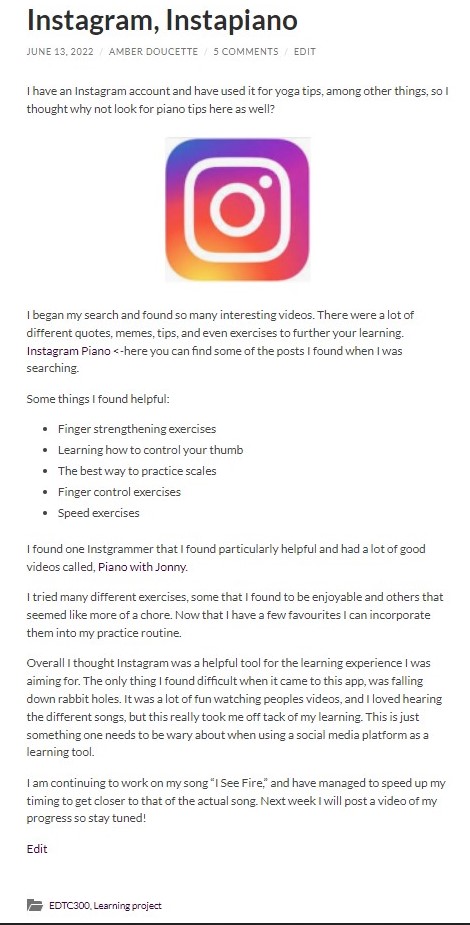
The last networking tool I used is Slack or Discord. Here I was able to interact with other students/educators in a group chat style setting. It was a great way to ask questions and get help from others. This tool really helped me when I was starting out on Twitter and when I needed help editing my blog and blog posts. It is my hope that the questions I asked also helped others who were experiencing similar problems.

Through all of these platforms I was able to expand my personal learning network. It gave me the chance to connect with other students in my class, as well as other educators, and professionals in the education field of work. I was able to share my knowledge and ideas to help others learn, and also further my own learning. Now that I am able to navigate these different learning networks I know I will be able to continue to expand my knowledge, connect with others, and be the lifelong learner that I aim to be.
To start with what is digital literacy? Digital literacy is defined as an individuals’ ability to locate, understand, and share information using many forms of digital platforms. According to the National Council of Teachers of English also known as the NCTE, digital literacy is “one of the primary information sources of the modern era.”
The digital world is filled to the brim with information, the problem is, distinguishing the real information from the fake. So how do we help students to be prepared for the online world? Teaching digital literacy needs to start as soon as students are online. As an early elementary educator, it will be part of my job to teach students about digital literacy. In the early years I believe a lot of digital literacy learning will be done through the teacher modeling the behaviour, as they guide students through the process of searching for information. In the Social Studies Curriculum, it talks about the importance of inquiry, and how students are to become active in their discovery of new knowledge. Part of this process is understanding how to search for “real” information. By modeling this behaviour during lessons where we share information from online we are starting to build the foundation for the students’ digital literacy learning.
As students get older and are in higher grades, we can start with more hands on learning in regards to digital literacy learning. The article Fake News. It’s Complicated, talks about taking time before deciding to share something you find on the internet. We need to teach students to second guess the information their reading, fact check, or even check with a peer or educator.
Dealing with fake news is becoming increasingly difficult, in the article Developing Literacies: What We Need to Know in a “Fake News” World, Alec Couros and Katia Hildebrandt list techniques and strategies for dealing with fake news:
- Deploy and employ investigation techniques
- Use rich examples
and
3. Nurture a critical disposition
With our help students can more easily identify websites and articles that are filled with “fake news” or information. Teaching them to use different tools to evaluate a website can be an effective way to identify if a source is valuable or not.
Part of teaching students about digital literacy and fake news is helping them to understand their own biases. It is easier to accept something as true if it aligns with our biases even if they are not true. In the article Why do people fall for fake news?, it talks about biases and specifies that “we are inclined to trust people we consider a member of our own group more than those of a different group.” Being aware of these biases helps us with seeking information that is factual and not just information that we think is real because it is shared by someone we think to be trustworthy.
Sometimes we need to think outside of the box that is our current knowledge.
I have an Instagram account and have used it for yoga tips, among other things, so I thought why not look for piano tips here as well?

I began my search and found so many interesting videos. There were a lot of different quotes, memes, tips, and even exercises to further your learning. Instagram Piano <-here you can find some of the posts I found when I was searching.
Some things I found helpful:
- Finger strengthening exercises
- Learning how to control your thumb
- The best way to practice scales
- Finger control exercises
- Speed exercises
I found one Instgrammer that I found particularly helpful and had a lot of good videos called, Piano with Jonny.
I tried many different exercises, some that I found to be enjoyable and others that seemed like more of a chore. Now that I have a few favourites I can incorporate them into my practice routine.
Overall I thought Instagram was a helpful tool for the learning experience I was aiming for. The only thing I found difficult when it came to this app, was falling down rabbit holes. It was a lot of fun watching peoples videos, and I loved hearing the different songs, but this really took me off tack of my learning. This is just something one needs to be wary about when using a social media platform as a learning tool.
I am continuing to work on my song “I See Fire,” and have managed to speed up my timing to get closer to that of the actual song. Next week I will post a video of my progress so stay tuned!
This week in class we were assigned the task of “cyber-sleuthing” one of our peers.

While searching for one of the members of my group, I was able to find many of her social media accounts such as her twitter, Facebook, and LinkedIn accounts along with her online portfolio. Her social media accounts were fairly private and did not give away a lot of personal information, her portfolio was very professional, and would be a great way to be discovered by potential employers. Her online presence was very clean and she had nothing shameful to be found. The same can not be said for everyone.
The online would can be a very dangerous place for ones’ personal identity. For instance, Justine Sacco, who’s life was ruined by a tweet she had made without really thinking it through. Jon Ronson talks about what happened to her in his Ted Talk, and how one little tweet can escalate and change someone’s life.
It is scary to see how horrible someone can be treated and just how fast things spread in the online world. In the span of a matter of hours she was shamed, threatened, and even lost her job. All over something that happened online. Don’t get me wrong what she said was not okay, but the things said about her and the threats she received were also far from being okay.
Our digital identity can say so much about who we are as a person; it can also be a way to hide who we are. In the article Split Image, Kate Fagan talks about a young girl whose life seems perfect, when in reality she is suffering in silence. Online you can be anyone you want to be, you choose what you share, and what you keep to yourself. Like this young girl, many people display the glamorous side of life, making things seem as if they should be effortlessly perfect.
As professionals and as human beings we need to be careful about what we post online, and how we treat others online. Even though there is a screen between you and reality doesn’t make the person on the receiving end of the comments less real.
A big part of teaching is preparing students to be citizens of the world, this used to be a fairly straight forward concept, now things have changed a little. We are no longer just citizens of the world, but are also citizens of the digital world. These two worlds are connected and also very different in many ways.
So what exactly is digital citizenship? According to Mike Ribble’s article Nine Elements, it can be broken down into nine parts; digital access, digital commerce, digital communication and collaboration, digital etiquette, digital fluency, digital health and welfare, digital law, digital rights and responsibility, and digital security and privacy. Together these elements are a way to keep yourself and others safe and respected in regards to digital citizenship. For me the most important part is digital health and welfare.
I searched through the Saskatchewan Curriculum for connections to Digital Citizenship and started looking at the younger grades since those are the grades I am hoping to teach when I am finished my schooling. There is a lot about respecting oneself and others which ties into both the real world and the digital world, but most connections in the younger grades were more real life experiences and not virtual ones. Though I do think it is important to teach aspects of the online community at a young age, it is a bit more complicated as most online experiences are fairly simple and often under the supervision of an adult.
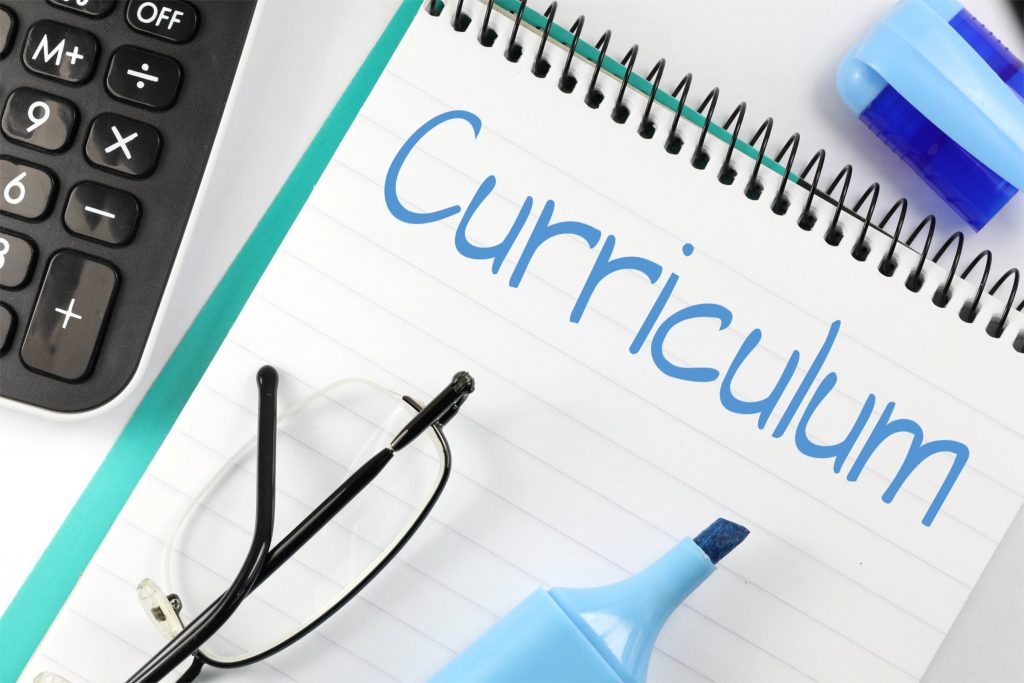
When looking in the Grade Five Health Curriculum, I was able to find some good connections. Learning outcome “USC5.4 Analyze the connections between personal identity and personal well-being, and establish strategies to develop and support a positive self-image” (Saskatchewan. ND) had a lot of indicators that worked well with exploring ones’ digital image and others digital image. Indicator “k. Identify misunderstandings and/or misconceptions related to messages in the media that may misinform the public about identities (e.g., portrayal of violence, ethnic, gender, and racial bias) (Saskatchewan), would be a good place to start when discussing digital identity and citizenship. Learning to respect oneself and others online is such an important lesson to learn. Making students aware of misinformation and misunderstandings that can happen online is critical. Mental health is of utmost importance in students’ lives, and learning to care for oneself online is a part of this.
In the classroom I would like to ensure students are fully educated about their digital citizenship, so they are able to be online safely and effectively. There are so many useful tools for online learning and I would like to take full advantage of these as I am sure many students will find them helpful and enjoyable. Having students create a portfolio of learning is something I would like to try doing. It would give them a place to keep all of their work and have the ability to go back and see how much progress they have made though out the year. Students could interact with each other and learn about each other as they create personal aspects of their portfolio, all of this while learning about digital citizenship.
This week marks week five of my learning journey. I decided to try exploring podcasts to help me learn piano. I also got a really good start on playing “I See Fire” by Ed Sheeran.
I am pretty new to podcasts so I had a bit of trouble finding good ones, but here are some that I found and what I think of them.
First is “Learn Piano: A Personal Practice” by Cynthia Ali. Below is the link to her podcast.
“Learning Piano: A Personal Practice”
What I learned:
- Setting up my space
- The importance of scales
- The best time to practice
- Creating a “wish list” of songs to learn
I found this podcast had some helpful tips, but it was not my favourite. It was very monotone and really hard to stay focused while listening to it. The episodes were short which did help a bit, but still not an easy listen for me personally.
Another podcast I found was called “Keys to Music Learning” by Krista Jabro and Hannah Mayo.
What I Learned:
- What are Tonal and Rhythm Patterns?
- Why are Tonal and Rhythm Patterns Important?
- Reading and Writing
- Building Listening and performance vocabulary
This podcast was a much more engaging listen. The problem I had with this one is it was very technical and was a bit over my abilities and understanding.
The last podcast I listened to was called “The Piano Superhuman Podcast” by Zach Evans.
What I Learned:
- Learning Piano as an Adult
- Motivation on Piano
- Importance of Technique, Recording Yourself, and Slowing Down
- “Scientific Practicing”
This podcast was interesting, easy to listen to, and at my level of learning. I really enjoyed the scientific method as a way to learn to play a song. Dividing the music into sections, taking it slow and then speeding it up once comfortable. Once learning all of the sections of a song you add them together to play the entire song.
Though I did find some helpful tips using these podcasts they are definitely not my preferred way of learning.
Here is my progress of “I See Fire” by Ed Sheeran. I am currently using the “scientific method” strategy to help me learn the song. This is the first section of the song that I have learned. I am almost to the point of speeding things up on this one! Hopefully by next week.
This week we have been tasked with trying out a new app or tool. The tool I chose to experiment with is called “Canva.”
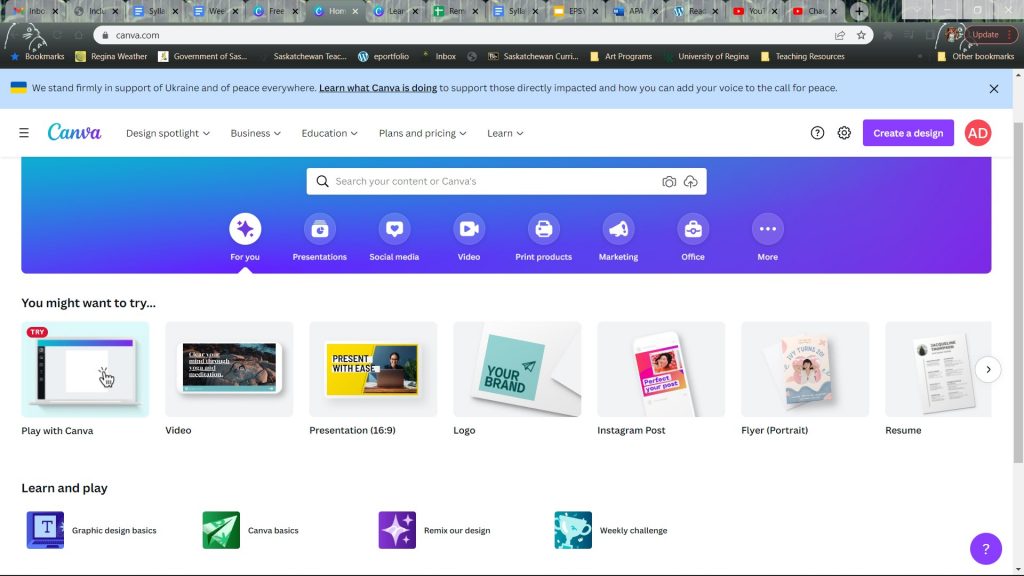
Canva is a web based tool, it has many different templates you can create such as slideshows, videos, resumes, logos, flyers and more. I decided to try out the presentation tool and create a presentation as a way to document the progress of my learning project.
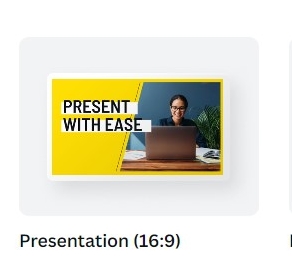
The program seems very user friendly, it is easy to navigate, the basic program is free to use, and it even has a guide when you first open it. After entering the site, it prompts you to create an account, after this you are ready to start creating. To create a presentation getting started is simple. After clicking on the presentation icon it opens a blank presentation, on the side it gives you options of premade templates and layouts available for you to use.
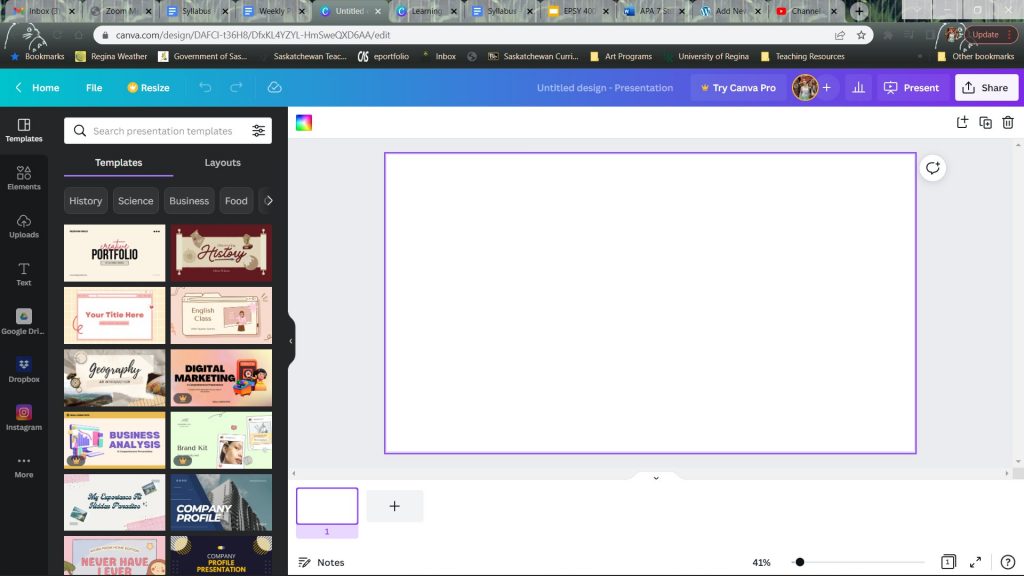
Below is a quick walkthrough of some of the features you can use while making a presentation.
Making lessons using the presentation tool would be a great time saver, it is so simple and fast to use. Anything you need to add to your lesson such as images, audio, and videos can easily be added. This tool could be used to substitute programs like Microsoft powerpoint. I found it to be easier to use and a lot more user friendly than powerpoint. It would enhance the planning experience for the teacher as well as the learning experience for the student.
I started using the presentation as a way to track my progress for my learning project. Each slide represents what I have worked on for the week and includes images and videos of my progress. This week I managed to practice everyday for at least ten minutes, and I have also started to work on the song “I See Fire,” by Ed Sheeran.
Next week I will post a video of my progress of “I See Fire,” stay tuned!

This week I wanted to dive right in to reading music, as memory is not my strongest skill, this was an interesting week. The online source I chose is youtube. Thinking back to when I took piano lessons as a child I remember using the mnemonics FACE and Every Good Boy Deserves Fudge to remember the notes on sheet music. While searching through youtube I found this video, the mnemonics in it were very similar to the ones I had previously used and found this to be helpful.
This video was easy to follow and had a lot of helpful information in it. I now needed to put this knowledge to practice.
This week I chose a new song to practice, “Beauty and the Beast.” The progress is slow, but it almost sounds recognizable! Even though I know the song really well, it has been a hard one to learn. I am still finding reading music to be really hard, I can do it, but not fast enough to keep up with the tempo of the songs I am attempting to play. In the video below you can really tell how much a struggle to read music fast enough to get the tempo in the song.
As much as I wanted to practice everyday this week life just got in the way and it did not happen. My goal for next week is to practice once a day for at least ten minutes. I figure starting with a smaller amount of time is more manageable and I should be able to fit in ten minutes each day. I plan to continue practicing “Beauty and the Beast,” and start to learn “I see Fire,” by Ed Sheeran.
I am excited to start this song as I am a huge Ed Sheeran fan and love “The Hobbit.” Wish me luck!
Recent Comments